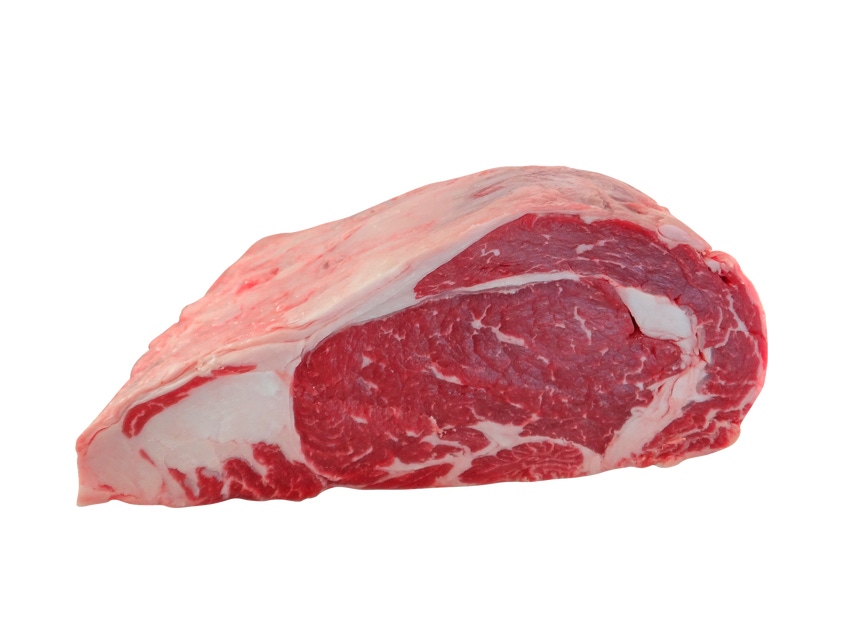Dietary antioxidants may provide color stability in beef cuts
Including antioxidants in feedlot diets containing microalgae improved color stability of steaks, but off-flavors still detected.

Feed regimens often are judged by live animal outcomes — e.g., growth rate, final weight, health metrics — although they may also influence carcass characteristics and meat attributes.
A group of researchers, including Kelsey Phelps with Cargill Protein, James Drouillard and Travis O’Quinn with Kansas State University, Terry Houser with Iowa State University and John Gonzalez with the University of Georgia, conducted a study to determine the effects of four microalgae and antioxidant feeding regimens on beef longissimus lumborum color stability and palatability.
Phelps et al. blocked 40 steers by weight and randomly assigned them to one of four dietary treatments during a 45-day feeding period. Treatments (10 steers per treatment) consisted of: (1) a control diet, (2) the control diet plus 100 g per steer per day of microalgae (ALGAE), (3) the ALGAE diet plus antioxidants (103 international units per day of vitamin E and selenium yeast [Sel-Plex]) fed throughout the feeding period (AOX) and (4) the AOX diet fed for the final 10 days of finishing (LATE).
At slaughter, strip loins (longissimus lumborum muscle) were removed, aged for 14 days and fabricated into steaks for objective and subjective color and palatability analyses, Phelps et al. said.
According to the researchers, treatment-by-day of display interactions were observed for a* value and steak surface metmyoglobin percentage (P < 0.01). As such, there were no treatment differences through day 4 of display for a* value (P > 0.16) and day 5 of display for surface metmyoglobin (P > 0.10), Phelps et al. noted, but by day 10 of display, steaks from ALGAE treatment 2 had a smaller a* value than those from all other treatments (P < 0.01).
Steaks from AOX steers (treatment 3) had a greater (P < 0.01) a* value than steaks from control steers, but those a* values did not differ from steers on the LATE treatment 4 (P > 0.19), Phelps et al. reported.
By the end of display, ALGAE/treatment 2 steaks had more metmyoglobin than the other treatments (P < 0.01). Steaks from AOX steers had less metmyoglobin than steaks from control and LATE steers (P < 0.04), which did not differ (P > 0.25), the researchers said.
According to Phelps et al., treatment did not affect trained panel ratings (P > 0.15); however, treatment did affect (P < 0.01) off-flavor intensity. Steaks from treatments 2 and 3 had greater off-flavor ratings than control steaks (P < 0.03) but did not differ (P = 0.10) from each other. Steaks from treatment 4 did not differ in off-flavor ratings from the other treatments (P > 0.07), the researchers added.
Phelps et al. concluded that adding antioxidants to feedlot diets improved the color stability of steaks from microalgae-fed steers, although panelists still detected off-flavors.
The research has been accepted for publication in Translational Animal Science.
About the Author(s)
You May Also Like



